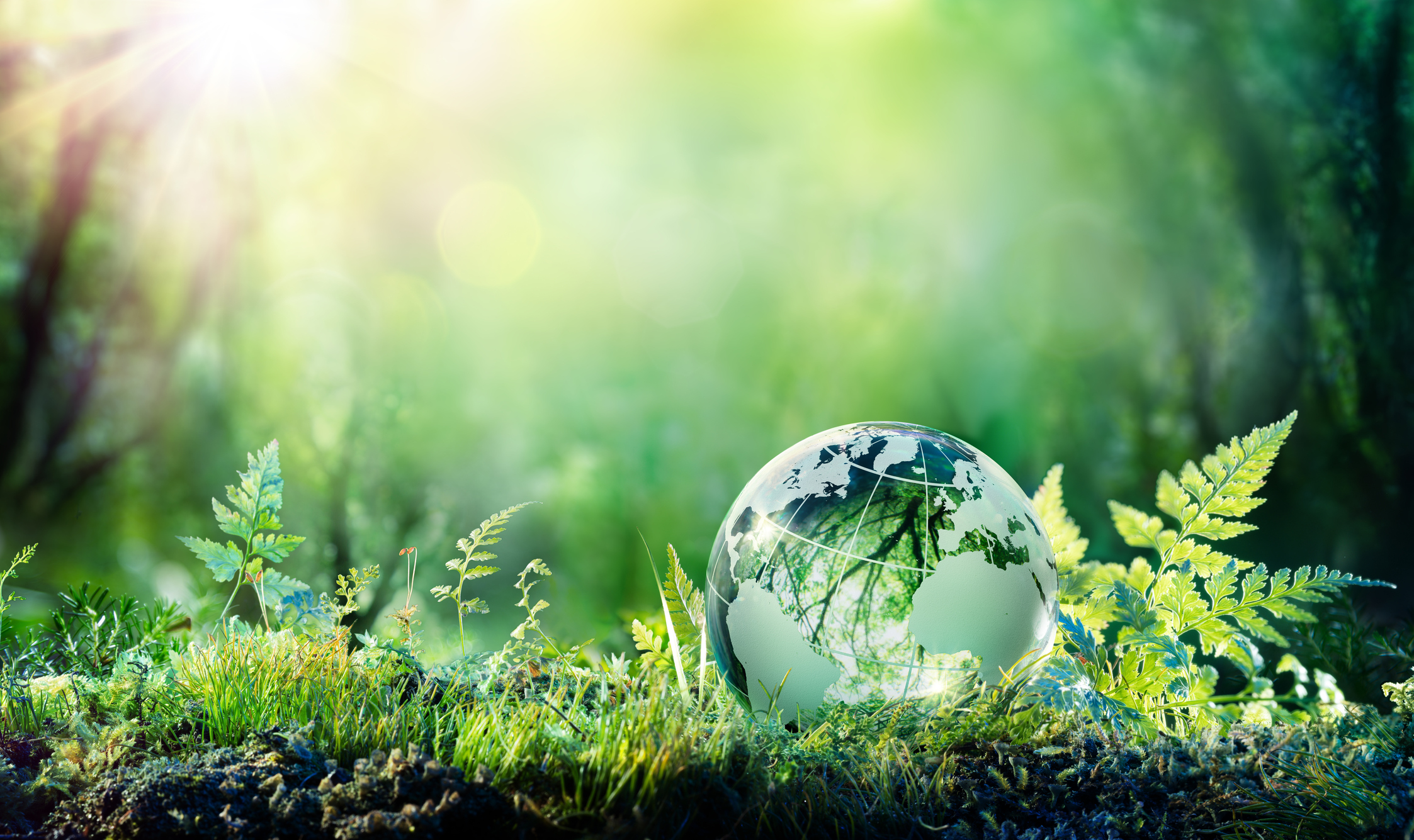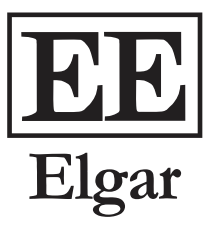
The Sustainable Development Goals (SDGs), adopted by the United Nations General Assembly in 2015 to replace the Millennium Development Goals (MDGs), have the potential to be one of the most important ‘projects’ the international community has ever sought to undertake. The scale of the ambition is hugely challenging. The SDGs are 17 Goals, with 169 associated targets and an emerging array of indicators, ranging from poverty reduction, education and healthcare, through sustainable consumption, gender equality, and various aspects of environmental protection (climate change, marine protection, biodiversity on land), as well as promoting the rule of law and strengthening international partnerships. Unlike the MDGs, of which there were only eight in number, the SDGs are significantly more complex in their policy reach, the interlinkages they create, and in the likely manner of their attainment. And again unlike the MDGs, the SDGs are not just for developing countries of the global South; the Global Goals (as they are more commonly known), pose significant and substantial challenges for both developed and developing States.
SDGs as our global ambition
As Transforming Our World, the 2015 UN Document in which the SDGs are contained, states: ‘This is an Agenda of unprecedented scope and significance’. It is thus the reason why at the top of this blog we very consciously described the SDGs as having the potential to be one of the international community’s most important projects, recognising nevertheless the risky hyperbole that such a nomenclature entails. This is especially the case when one considers the esteemed (if, admittedly, not always fully effective) achievements over the past seventy years; including the adoption of the 1948 Universal Declaration of Human Rights and subsequent international human rights covenants, the development of UN peacekeeping and the wider Security Council system, and the establishment of the myriad of cooperative regimes and/or multilateral institutions in the economic, environmental, maritime and social fields; indeed in most areas of human endeavour.
Proponents however argue that what the SDGs offer is ambition; to stretch the international community beyond its comfort zone, requiring action from the global to the local, enjoining States, international organisations, civil society and the private sector, local authorities and sub-national agencies, and the individual. To secure long-term, enduring and equitable improvements in human development, now broadly conceived to recognise the inherent ecological and social complexity in which human development occurs. As the strapline says: ‘to leave no one behind’. The undeniable ugly reality, of course, is that global inequality remains stark and extreme poverty persists. Nevertheless, if the SDGs could achieve what they have set themselves by 2030, which is the culmination date for the Goals, there is a possibility that the international community might help reset the trajectory which it has been on, certainly since 1945 but arguably for the past 300 years when one considers the abuses and destruction caused by, among others, slavery, colonialism and neoliberalism; none of which are twenty-first century inventions.
SDGs: Ambition versus Reality
But that is the ambition; reality suggests that something less aspirational will be attained by the SDGs. First, the level of political response to some of the most pressing challenges facing the international community reveals a status quomind-set, which is difficult to budge. Tackling climate change – represent by SDG 13 – and managed presently, at the inter-governmental level, through the 2015 Paris Agreement is an obvious case. There remains a dangerous gulf between the high rhetoric and warm words of both the SDGs and indeed the Paris Agreement, on the one hand, and the scale of commitment required to respond effectively to the issue, on the other. The SDGs will ultimately be judged by their ability to address the deep fractures that haunt our world today and that are caused by the destructive practices and the underpinning political forces that are entrenched in our socio-economic systems.
Second, there are some deep-seated tensions within, and between, the Goals themselves, risking notable and perhaps even intractable policy incoherence. In particular, many of the Goals will not be achieved by purely economic success; gender equality (SDG 5), affordable and clean energy (SDG 7) and sustainable cities and communities (SDG 11) are all complex policy areas and will not be easily implemented through traditional approaches to growth and development. The language of rights is largely absent from the Goals and, of course, the paradox of achieving environmental protection through economic growth remains the conundrum at the heart of the debate over sustainable development, as it has done since the 1992 Rio Conference or “Earth Summit”.
Third, are the silences; those gaps in the Goals which suggest some of the most contentious issues were simply avoided. Some of the most significant are those that are systemic in nature, including the effective regulation of multinational corporations, the tackling of tax avoidance, and inherent inequalities within the international economic system. It is notable that only a few months after the adoption of the Goals, the 2015 World Trade Organization Ministerial Conference essentially recognised the end of the Doha Development Round, which only a few months before was still viewed as a necessity as Target 17.10. And, of course, finally are issues of implementation and the provision of the necessary funding to finance the Goals. Previous experience of development assistance would suggest the amount of money given never reaches that either promised or required.
…and the Law
For the lawyer, the SDGs remind us of law’s importance in achieving development. Though the Goals are not legally binding, they are not without legal effect, either internationally or domestically. Law will be necessary at points to implement the Goals, to frame the overall governance necessary, to incentivise the private sector, to equip civil society, and to penalise and proscribe harmful activity. And as SDG 16 rightly highlights, development requires ongoing respect for the rule of law. Though the Goals are largely silent on the language of rights, civil society and UN agencies are highlighting the synergies between them. Thus, both the lawyer’s toolkit of techniques and law’s invariable normative authority to prompt societal change will be indispensable to the achievement of the SDGs.
Duncan French is Professor of International Law at the University of Lincoln, UK and Louis Kotzé is Professor of Law at North-West University, South Africa and presently Marie Curie Fellow at the University of Lincoln.
They have co-edited Sustainable Development Goals: Law, Theory and Implementation, recently published by Edward Elgar.
 Sustainable Development Goals is available now.
Sustainable Development Goals is available now.
Read Chapter One free on Elgaronline.


Leave a Reply to Dr John Laing RibertsCancel reply